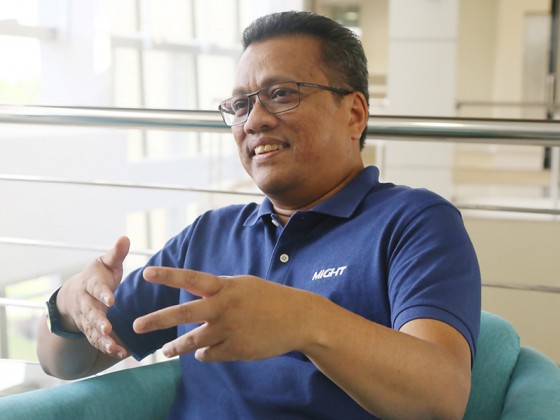Mobility reflects advancement of civilisation; contributing significantly to the economy, shaping political dynamics, mapping urban demographics and inculcating values.
by | Rushdi Abdul Rahim | rushdi@might.org.my
Hopefully the new year brings about glad tidings to all. This will be the first edition of the magazine for this year and we thought that we would like to focus on the future of mobility.
In 2010, when we embarked on a joint National Technology Foresight Project with the Ministry of Science Technology and Innovation, we stated that technology development for the next 10 years will be in support of the following themes—mobility, sustainability, modularity, safety and security—and the passing of time has reinforced this intent.
Mobility has been an important driving force for human development throughout history. It has allowed movement of people, circulation of capital and commodities, in part, this has led to the advancement of transportation and communication technologies, systems of governance, surveillance and vice versa.
Mobility reflects advancement of civilisation; contributing significantly to the economy, shaping political dynamics, mapping urban demographics and inculcating values. Today, in the era of the Fourth Industrial Revolution, ‘mobility’ is often associated with and expected to be sustainable, smart, safe and seamless.
In Malaysia, conversations related to mobility have been wide ranging, from public transport, rail infrastructure, environmental concerns to the new national car project. This reflects its importance to our national development. As we face rapid urbanisation with a growing number of citizens living in the city—creating sustainable transportation solutions pose one of the greatest challenges facing cities today while ensuring the vital flow of people, goods and services is as fluid as possible.

However, there are also enormous opportunities presented by sustainable mobility—from vehicle modernisation to infrastructure upgrades, autonomous cars and solar roadways, among others. Ride-sharing, car-pooling, public transportation, riding and walking are options to overcome traffic problems and consumers can now opt to own or share their mode of transport. And while reducing congestion and fostering faster, greener, and cheaper transportation options, we are also promoting a healthier lifestyle! Meanwhile, the internet of things, big data analytics, sensors and augmented reality are among technologies that enable the integration of systems and connectedness of services— providing a seamless mobility solution that smoothens door-to-door travel.
As you can see, mobility related topics are in abundance and we would not be able to cover all.
However, this time around, we’re compiling discussions on mobility to touch on the shifts across the automotive industry, as well as the impact of the Fourth Industrial Revolution in respect to mobility. In this issue, our very own Dr. Raslan shares his insights on current MIGHT initiatives in mobility and smart city development whereas Zakwan peeks into the New National Car Project (NNCP) that is expected to open up more opportunities for Malaysia to acquire and showcase our engineering capabilities.
There are also further insights and viewpoints from experts and researchers. Quite expansively, they deliberate on issues ranging from future trends, challenges and opportunities. These discussions are grounded in smart mobility, technology advancement in automotive, business model shifts, and technology solutions from Industry 4.0 to address mobility issues and challenges around smart cities.
As usual, I sincerely hope the magazine provides you with some food for thought as you think up your future plan. Do tell us what you think, comments are encouraged and welcomed.









